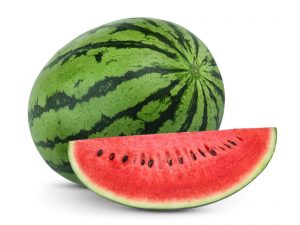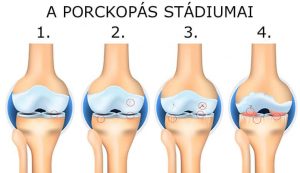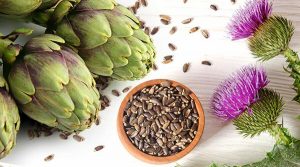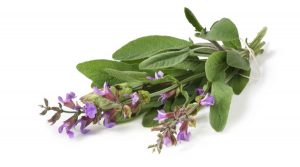Rheumatic diseases are chronic inflammatory processes that affect different parts of the musculoskeletal system.
The diseases most commonly affect the joints, muscles, bones, ligaments and connective tissues and are often associated with pain, swelling and limited mobility. Rheumatic diseases include arthritis (rheumatoid arthritis), gout, ankylosing spondylitis, scleroderma, and lupus. The causes of rheumatic diseases may include genetic factors, environmental influences and immune dysfunction.
Inflammation of the joints (rheumatism) is a chronic inflammatory disease that mainly affects the joints. It most commonly affects the fingers, knees, hips and shoulders and is often associated with pain, swelling and limited mobility. There are several forms of arthritis, including osteoarthritis, rheumatoid arthritis and psoriatic arthritis.
Gout is a disease caused by a disturbance in purine metabolism. Purines are compounds that are naturally present in the human body and are necessary for the formation of new cells. Purines are also found in proteins in food and in various drinks such as beer and wine.
Gout is caused by too much waste product in the human body from the breakdown of purines, which builds up in the blood and forms crystals in the joints. These crystals cause pain, swelling and inflammation in the joints, especially in the feet and legs. Symptoms of gout include leg pain, swelling, redness and fever. Treatment of the disease is usually aimed at relieving the symptoms and painkillers, anti-inflammatory drugs and a proper diet can help. Proper nutrition, regular exercise and stress management are important for prevention.

Lupus is an autoimmune disease in which the immune system mistakenly attacks the human body’s own cells and tissues. Lupus most commonly affects the skin, joints, kidneys and heart and symptoms can include redness, fatigue, fever, weight loss, joint pain and blood problems.
The exact causes of lupus are not yet known, but a combination of genetic factors, environmental influences and hormonal changes probably contribute to the development of the disease. Treatment usually requires medication and physiotherapy. Various creams and balms are used as complementary treatments. The aim of treatment is to relieve symptoms and reduce the severity of the disease.
Osteoarthritis is the most common form of arthritis and involves the cartilage in the joints becoming thinner and damaged. Specifically, it involves the thinning of cartilage and an increase in friction between the bones in the joints. This causes pain. Symptoms include joint pain, joint stiffness and limited mobility. It most commonly occurs in the knees, hips, wrists and hands.
Rheumatoid arthritis is an autoimmune disease in which the immune system mistakenly attacks the joints, leading to inflammation. This causes very unpleasant symptoms not only for the joint but also for the muscles.
Treatment of rheumatic diseases is usually symptomatic. Painkillers, anti-inflammatory creams, and a good lifestyle can help relieve symptoms.
For joint complaints, creams usually provide symptomatic treatment, i.e. they relieve joint pain but do not cure the specific disease. However, if you get closer to nature, you would not realise how effective herbal creams are. Thanks to this, we don’t have to give up our pain-free everyday lives just yet. A good quality of life, a pain-free, unrestricted life can be achieved by using them.
So is the joy of movement available again?
Definitely yes! Also with various special creams. MAXIMUM balm is one such product.
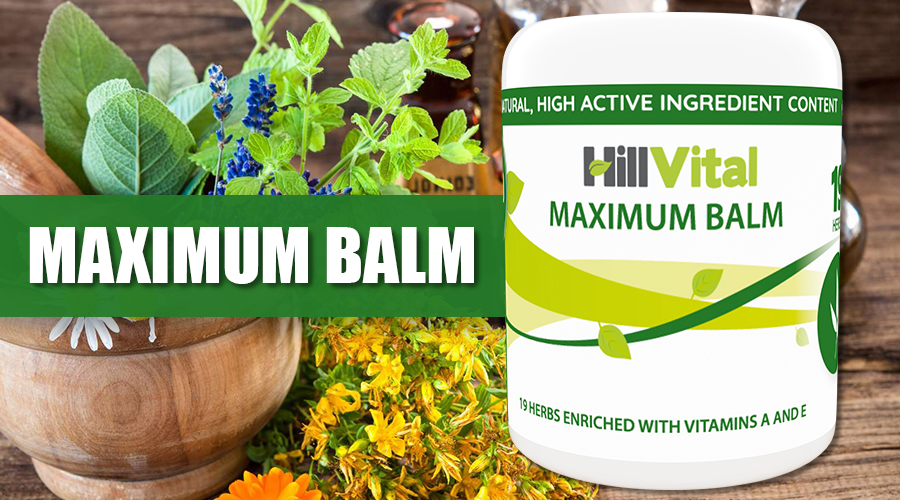
By combining the herbal knowledge of ancient times with the experience of modern people, something truly impressive has been created by the HillVital development team. A special balm developed with 19 herbs, high in active ingredients and vitamins, which is massaged into the skin to deliver its beneficial effects. If you need the strongest and most effective for rheumatic and joint pain, choose nature, choose MAXIMUM balm.
For more information and customer feedback on MAXIMUM balm, click here.







